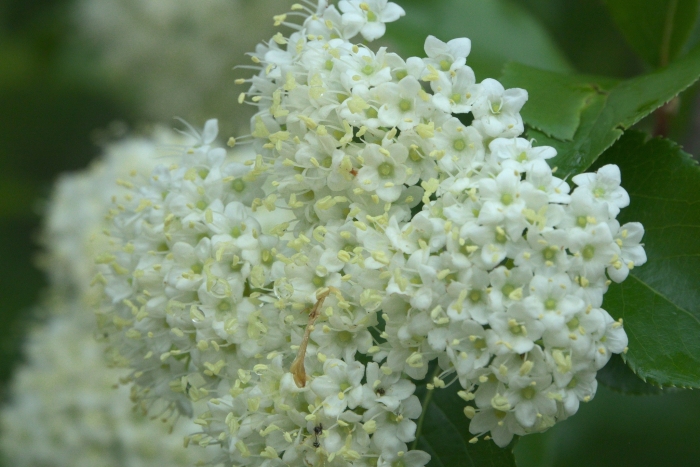Rusty Blackhaw
(Viburnum rufidulum)
Rusty Blackhaw (Viburnum rufidulum)
/
/

Robert Webster
CC BY-SA 4.0





















































Estimated Native Range
Summary
Rusty Blackhaw is valued for its ornamental features, including its attractive flowers, vibrant fall foliage, and wildlife-friendly fruits. It is used in urban planting, border planting, and as a naturalizing element in gardens. This species is adaptable to a range of soil types, provided they are well-drained, and it can tolerate both full sun and part shade. While it is low-maintenance, occasional pruning may be necessary to maintain its shape. It is not known for having aggressive roots or being particularly susceptible to diseases, making it a reliable choice for gardeners. However, it is not tolerant of prolonged drought conditions.CC BY-SA 4.0
Plant Description
- Plant Type: Shrub, Tree
- Height: 10-20 feet
- Width: 10-20 feet
- Growth Rate: Slow
- Flower Color: Cream, White
- Flowering Season: Spring
- Leaf Retention: Deciduous
Growth Requirements
- Sun: Full Sun, Part Shade
- Water: Medium
- Drainage: Fast, Medium, Slow
Common Uses
Bee Garden, Bird Garden, Border Plant, Butterfly Garden, Deer Resistant, Drought Tolerant, Edible*Disclaimer: Easyscape's listed plant edibility is for informational use. Always verify the safety and proper identification of any plant before consumption., Fire Resistant, Fragrant, Hedges, Hummingbird Garden, Low Maintenance, Rabbit Resistant, Showy Flowers, Street Planting
Natural Habitat
Understory of woodlands, forest edges, and stream banks in the South Central and Southeastern USA
Other Names
Common Names: Blue Haw , Rusty Black Haw , Rusty Nanny-Berry , Southern Black Haw , Rusty Viburnum , Southern Blackhaw
Scientific Names: Viburnum rufidulum , Viburnum prunifolium var. ferrugineum , Viburnum rufotomentosum , Viburnum rufidulum var. floridanum , Viburnum rufidulum var. margarettae , Viburnum rufidulum var. margarettiae , Viburnum rufidulum var. margarettii
GBIF Accepted Name: Viburnum rufidulum Raf.